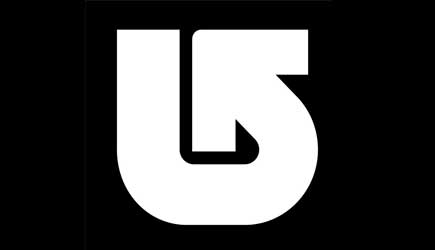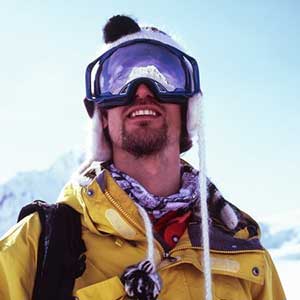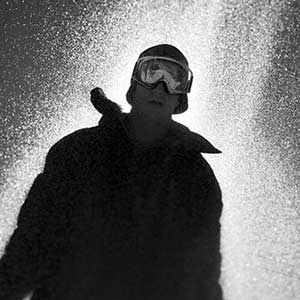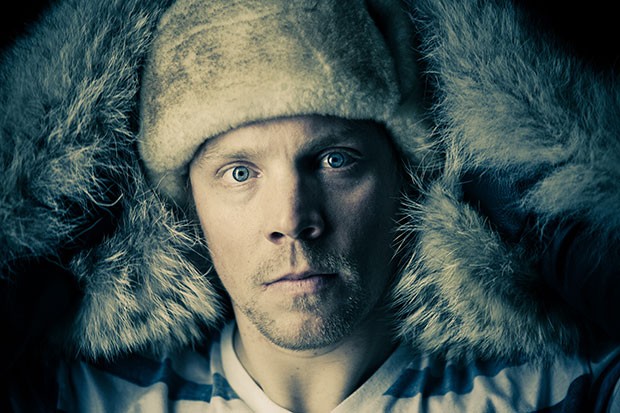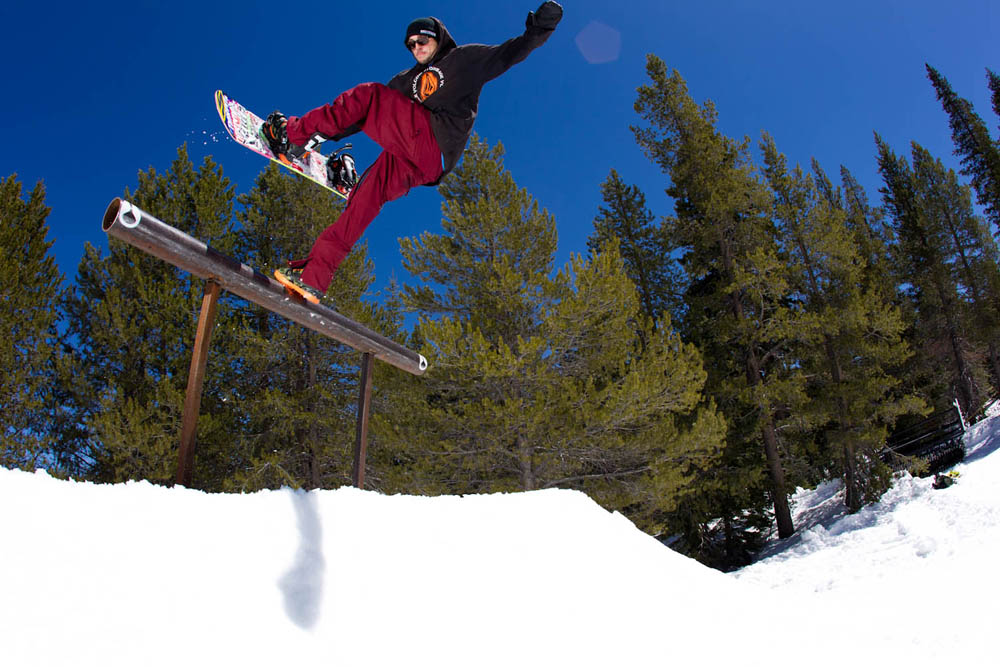
Snowboarding’s history is full of murky examples of top pro riders suddenly cut loose at the height of their powers, having previously been marketed as the next big thing. Michi Albin is one of the most notorious examples. For three or four years at the beginning of the century, Albin pretty much ruled pro snowboarding thanks to – yes – a combination of skills, riding style, timing and attitude that seemed ready made for legend status. Then, his main sponsor Burton suddenly dropped him. Today, Albin puts it down to being an “old guy” – despite him being all of 24 years old at the time.
The exceptions, as we alluded to earlier, can pretty much be counted on one hand. But as 99.99% of pros have discovered, Michi’s fate is in the post. It’s just a question of when it lands on the doormat.
But hold on a sec – why should brands push their legends in this way? After all, nobody is automatically owed a living, no matter how good they were back in the day. Well, if nothing else, there’s a compelling business case. By promoting their in-house legends, companies have a direct line to their older consumers, of whom there are plenty. In snowboarding, by far the youngest boardsport, it’s a market that will only continue to grow; they also continue to get a return on investment on people they’ve thrown cash at for years; and they get to safeguard and promote the history and heritage of their sports – a part of the industry that is huge in surfing, growing massively in skating, and yet next to non-existent in snowboarding. That might seem a little fluffy to large businesses interested in the bottom line, but to growing generations of ordinary riders struggling to relate to the latest super-tech freestyle kid who can’t yet shave, it is increasingly important.
By promoting their in-house legends, companies have a direct line to their older consumers
Ted Endo, surf editor of The Inertia, thinks adopting this approach is essential if sports like snowboarding are going to have any long-term appeal. “Lifestyle industries are only viable for as long as they can harness the public imagination,” he says. “Pandering to a certain [young] niche may work in the short term but it cannot sustain long term growth. For this you need great stories, heroes, high drama and recognition of a greater narrative. By paying homage to this tradition, those who create the boardsport industry show the world that, far from being a passing fad, or the flavour of the moment, these are deep and abiding cultural movements.”
Why should snowboarding be any different? Our stories and legends are just as valid as those in surfing – or indeed skateboarding, the sport we’re usually told should be our model.
Skateboarding certainly gets it. At the time of writing, Vans have just based their flagship European event around a celebration of iconic skater Steve Caballero’s 20-year career and association with the Vans Half Cab shoe. Justin Regan, Vans Skate Marketing Manager, thinks that promoting legends such as Cab in this way is a no-brainer. “If we don’t celebrate our own heritage, who will? If we don’t pass along our cultural heritage as skateboarders to every new generation, we run the risk of losing what makes skateboarding so wonderful and unique and becoming just like any other ordinary industry. We risk becoming them!”

In snowboarding, where the main marketing approach is still aimed squarely at young shredders, short-termism still reigns, as Michi Albin wryly recognised a decade after he was dropped so ignominiously. “That’s the way companies market snowboarding. They bring young kids in. It seems like it’s even worse these days.”
What the exceptions like Bryan Iguchi and Jamie Lynn have in common then – other than those other magical ‘legend’ ingredients – are particularly forward-thinking and supportive sponsors who appreciate their value. Jan Prokes from Volcom puts it well:
“Our guys – Terje, Guch and Jamie – are still as relevant as ever. They produce solid video parts, help with the design of our outerwear, contribute with artwork and are generally first-rate ambassadors for snowboarding and Volcom. This also doesn’t go unnoticed with the thirty and fortysomething crowd that snowboarded in their younger years, but are now tied down with kids, back-breaking nine-to-fives and inevitably expanding girths. For them to see Terje, Guch and Jamie still killing is aspirational. After all, they need their shred imaginations firing as much as any young kids out there.”
Things are changing, but very, very slowly.

